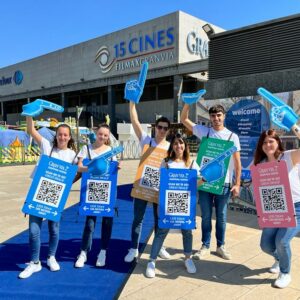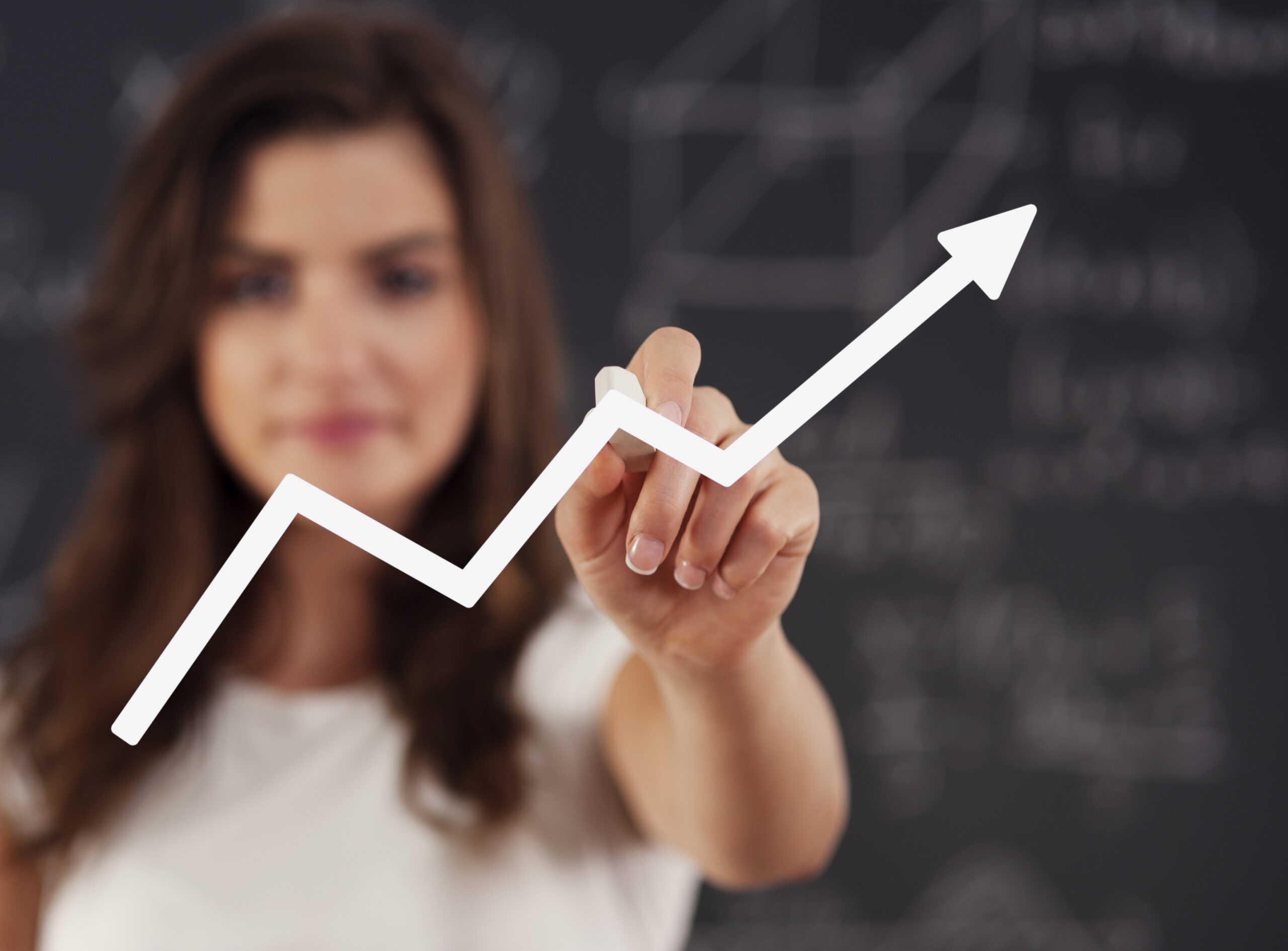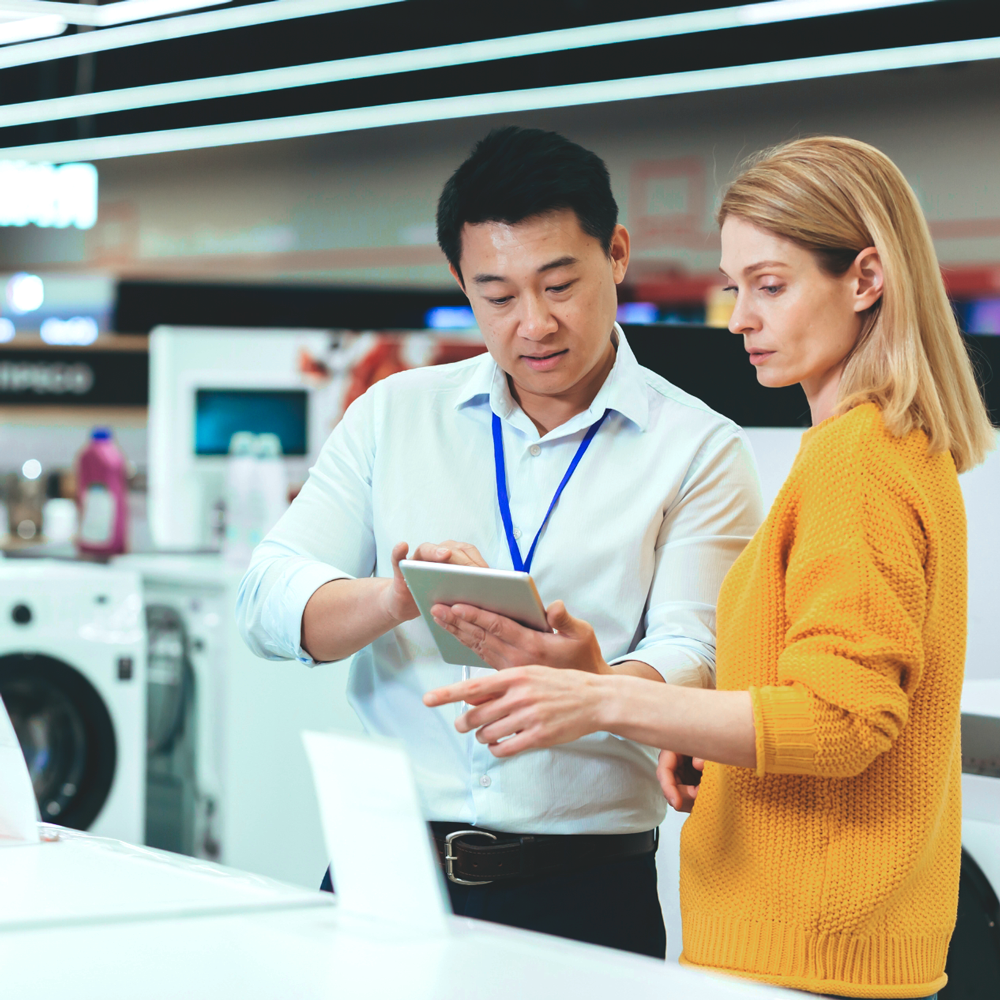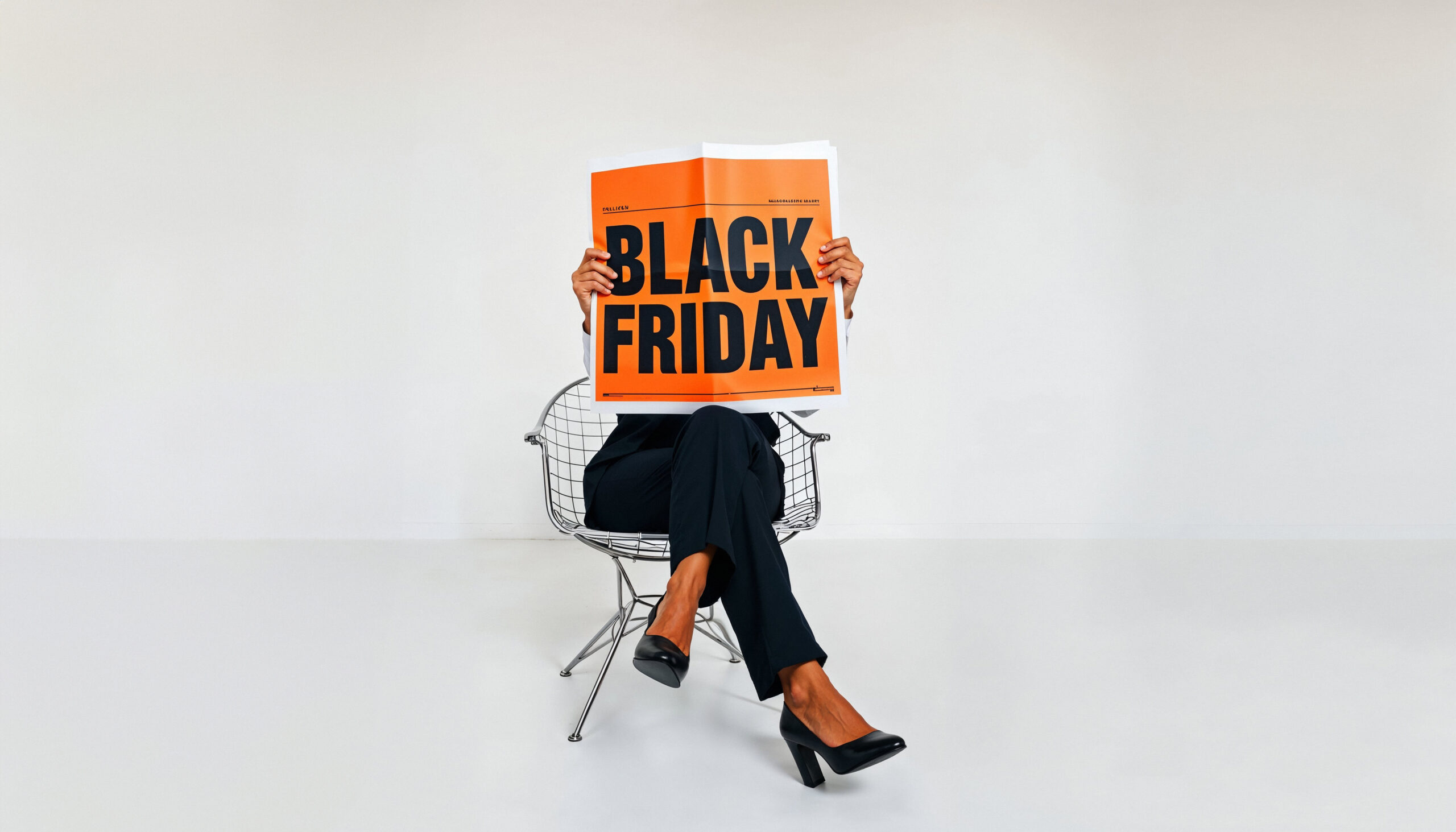
HOW TO CONNECT BRAND AND CONSUMER IN THE BEVERAGE SECTOR: TRAINING, TECHNOLOGY AND A GOOD BRAND AMBASSADOR
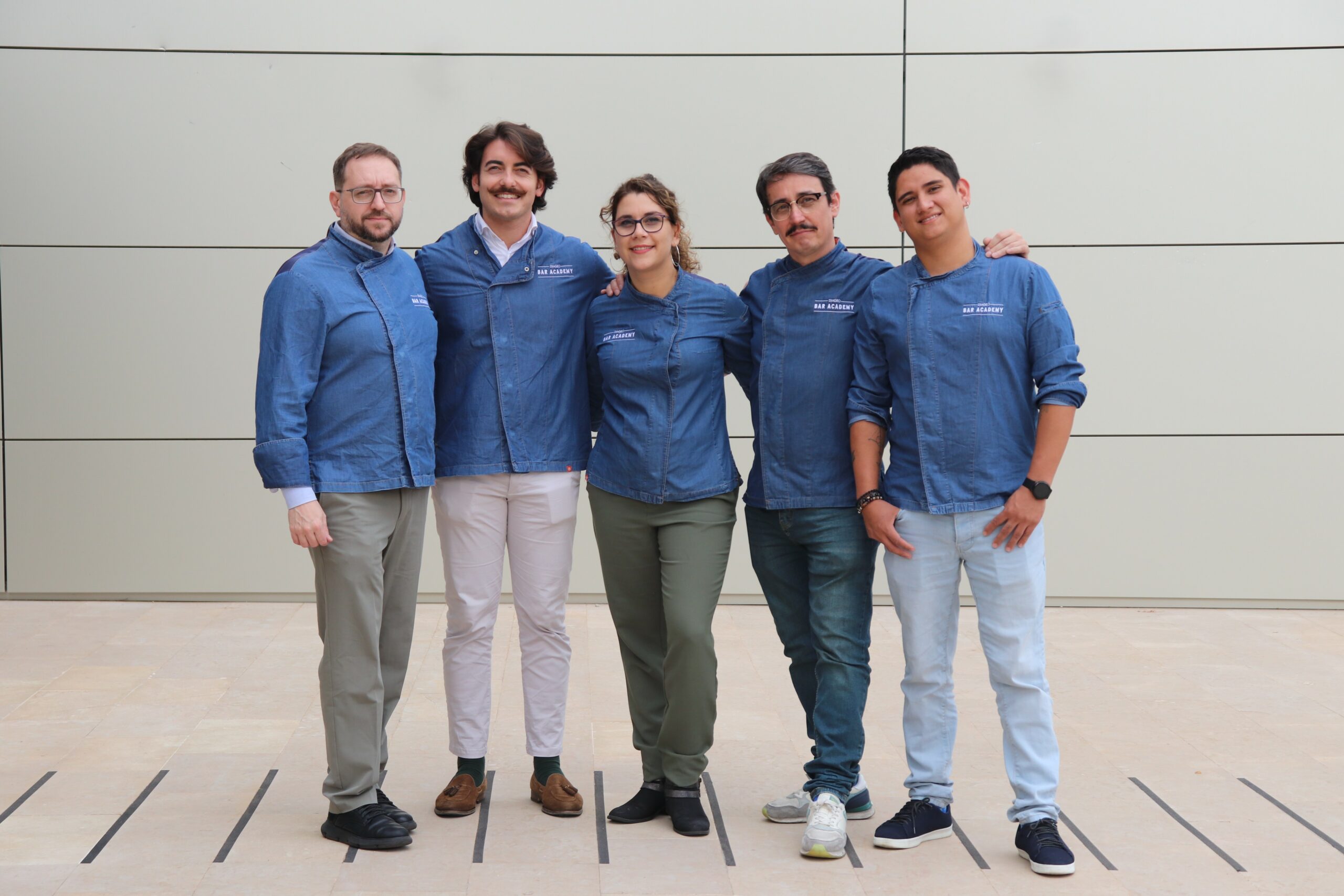
In a market where the shelves are saturated, cocktail lists are renewed every three months, and consumers have the attention span of a goldfish with Wi-Fi, connecting a brand with its audience is no small feat. Especially when it comes to the spirits sector and, more broadly, the competitive FMCG (Fast Moving Consumer Goods) environment.
What if I told you that the key isn’t just in the media campaign or the fluorescent packaging? Sometimes, the real impact is generated long before a bottle is uncorked: at the bar, in a face-to-face training session, or in that story a Brand Ambassador tells with more passion than the entire marketing team, complete with AI.
BRAND AMBASSADORS: THE ART OF FALLING IN LOVE FROM THE BAR
A Brand Ambassador isn’t an influencer in a uniform, nor a salesperson with a cocktail list. They’re a hybrid figure—yes, like post-pandemic events—that combines technical knowledge, natural charisma, and an almost anthropological sensitivity toward the brand, the bartender, and the end consumer.
In the hospitality industry, this figure has established itself as a key player in translating brand values into memorable experiences. Their role goes beyond providing training: they build community, convey purpose, and generate real loyalty. Because, let’s be honest: no one’s life is changed by a banner, but a conversation with someone who lives the brand can.
A very close example is Carlos Ríos, Brand Ambassador at Diageo Bar Academy. His day-to-day life—spoiler alert: it’s not all glamour and cocktails—is captured in this article, which I recommend reading with a good Espresso Martini in hand. From sustainability classes to workshops at hospitality schools, Carlos demonstrates how technical knowledge and soft skills can transform a product into a memorable story.
COMMERCIAL TRAINING: WHEN THEORY SHAKER
Talking about sales training sometimes sounds like a sales manual from the last century. But when you work with spirits (and with humans), you know that PDFs or PowerPoints don’t sell. What does is training tailored to the reality of the point of sale: practical, relevant, agile, and—very importantly—designed with respect for the bartender, not from the ivory tower of a brand book.
At Staff Global Group, we’ve been designing sales training programs for years that combine educational content with hospitality, cocktail, and emotional communication techniques. The result? More confident, more motivated teams… and brands that leave a mark. We’ll be able to share some concrete impact data soon, but what we already know is that when training is meaningful, sales take notice. A lot.
THE NEW SALES PROMOTER NO LONGER JUST SMILES: HE ALSO MEASURES AND ANALYSES
The role of the sales promoter has evolved so much that we could already call it “Promoter 2.0.” Today, those who represent a brand at the point of sale must combine empathy, storytelling, and presence… with mastery of digital tools, real-time data analysis, and KPI monitoring.
In many projects, teams rely on dashboards that allow them to monitor interactions, measure inventory, and adjust strategy almost on the fly. Because yes, instinct is still key, but cross-referencing it with data allows us to make better decisions and justify each action to both the client and the brand.
And as is often the case, the best results come not from choosing between digital and human, but from combining both.
TRAINING AND COMMUNICATION IN MASSES: TREND OR NATURAL EVOLUTION?
In the consumer goods sector , especially in beverages, we are experiencing a profound transformation:
- Hybrid training that combines in-person sessions with digital training.
- Personalized content based on experience, channel, or consumption moment.
- And increasingly, gamification as a way to increase engagement and retention.
At Staff Global Group, these trends don’t surprise us. We’re applying them—through trial, error, and learning—in projects with leading brands, where the challenge lies precisely in maintaining consistency without losing freshness.
As I recently mentioned on LinkedIn , the difference between working with Brand Ambassadors and hiring one-off influencers is huge. The former build long-term relationships, generate real connections, and know the brand better than many briefings. At Diageo Bar Academy, we’ve experienced this firsthand.
CONNECTING BRAND AND CONSUMER STARTS BY EMPOWERING THE TEAM
In an environment as competitive as the spirits industry, true differentiation isn’t always in the recipe, but in who’s telling it . And that’s where well-designed training, committed profiles, and the right tools come into play.
At Staff Global Group, we collaborate with brands like Diageo to design strategies that combine talent, technology, and passion. Because training and empowering teams isn’t just an investment: it’s the best way to ensure your brand doesn’t just stay on the label, but truly reaches the glass, the heart… and the memory.
As specialists in sales training, point-of-sale activations, and ambassador talent development, at Staff Global Group we work every day to ensure brands are not just seen, but felt. We are committed to strategies that combine technology, creativity, and human intimacy to achieve measurable results in demanding environments such as the hospitality and spirits sectors.

